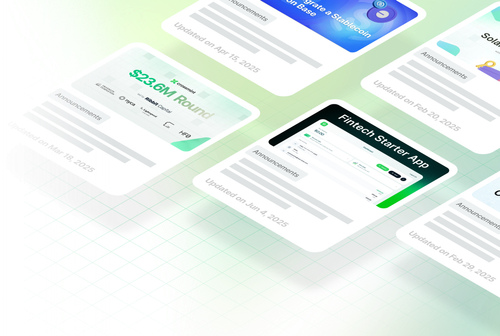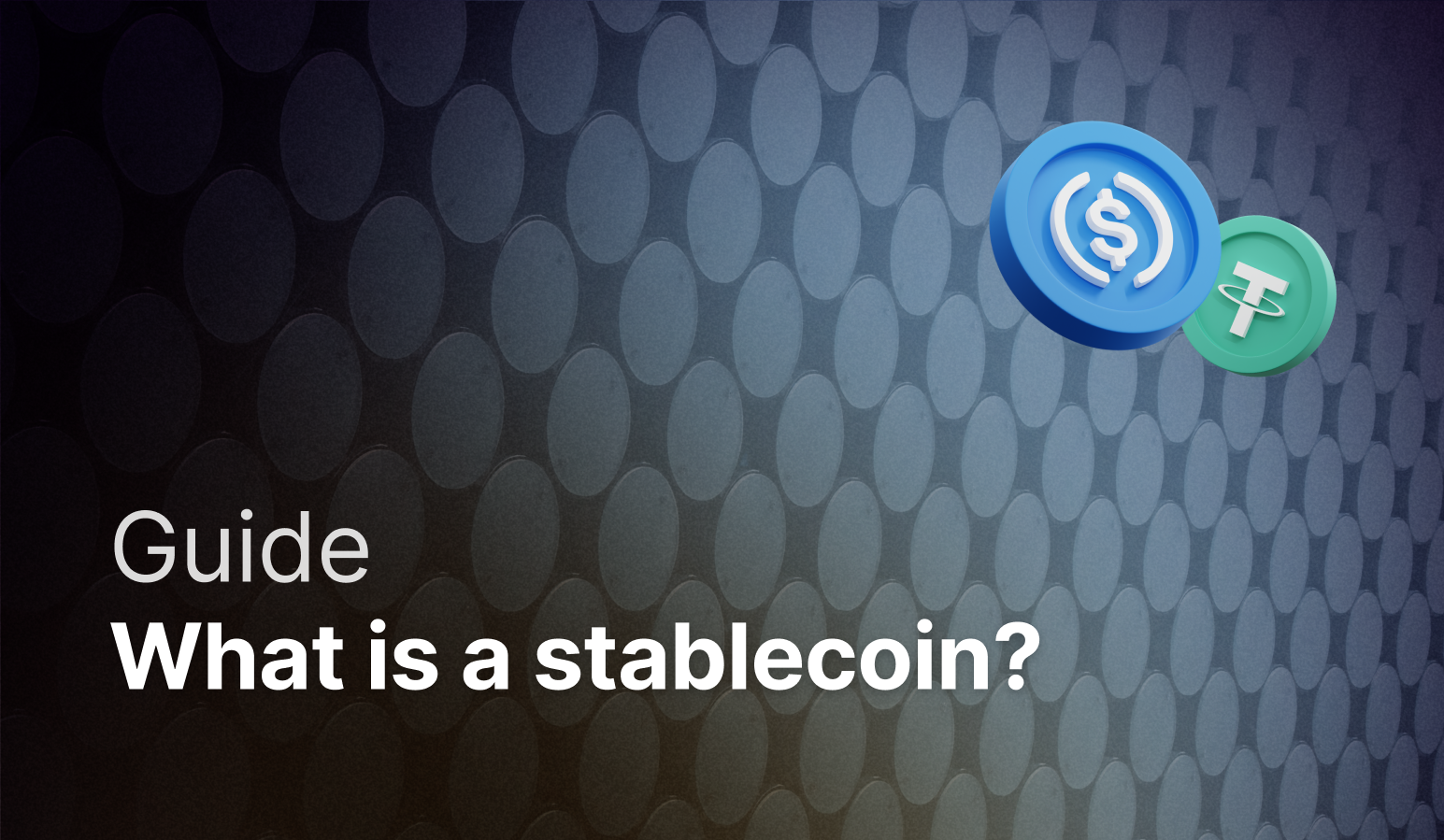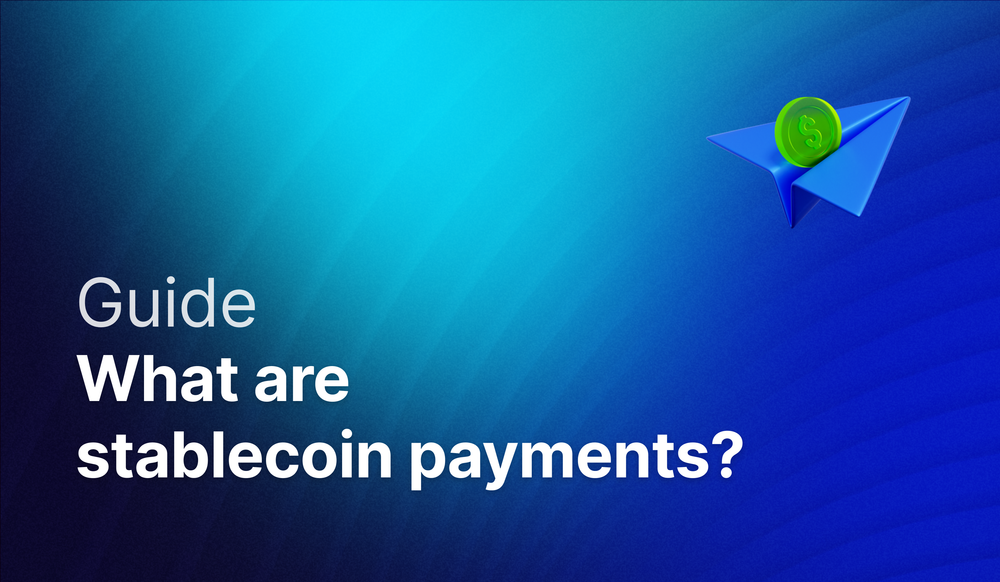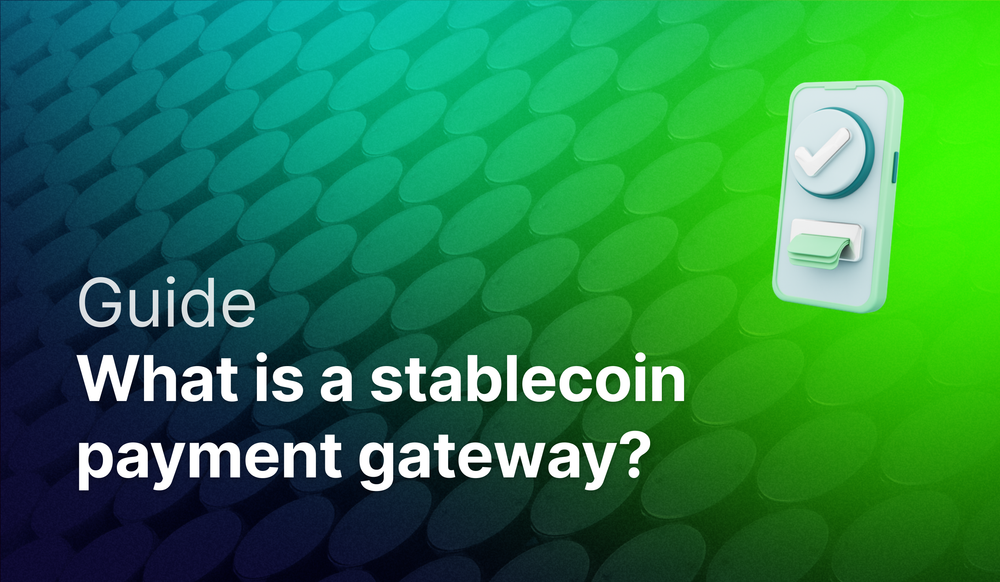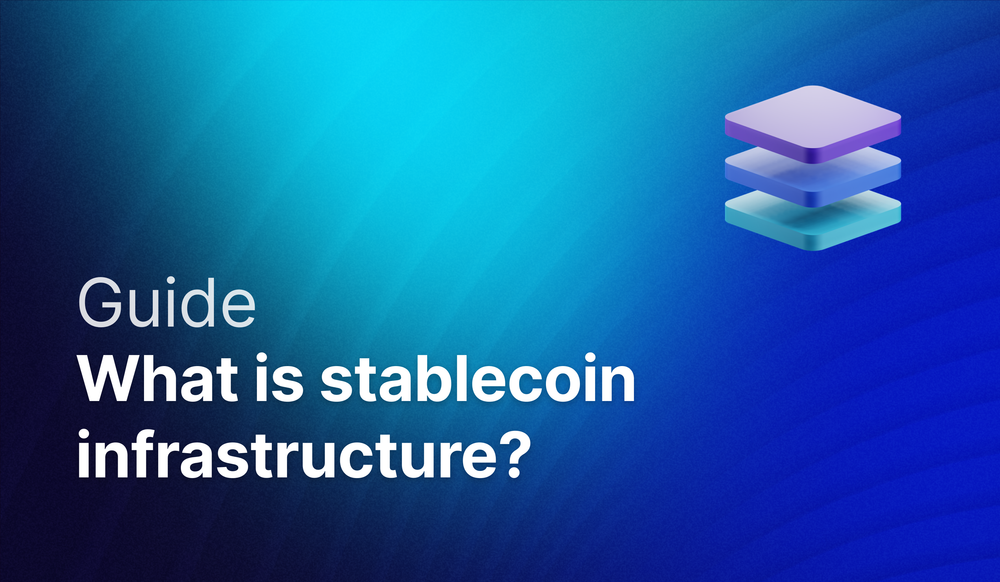Stablecoins are cryptocurrencies designed to hold a steady value by linking themselves to stable assets like the US dollar, Euro or gold. Think of them as the bridge between crypto's speed and efficiency and the predictable value of regular money.
Today, stablecoins have moved far beyond experimental technology into practical business tools:
- Fintech startups like Ramp are launching stablecoin-backed corporate cards for global business payments
- Financial institutions like Visa use USDC to settle transactions between banks, speeding up cross-border payments
- Payroll companies like Deel let businesses fund entire payrolls with USDC and pay global teams instantly
- Neobanks like Revolut enable buying, selling, and transferring USDC and other stablecoins directly in their banking apps
Why Stablecoins Are Stable
Unlike Bitcoin or Ethereum, which can swing wildly in price, stablecoins maintain their value through robust backing mechanisms. The leading stablecoins like USDC, USDT, and USDG are backed 1:1 by real assets—primarily US Treasury Bills and cash held in regulated financial institutions. This means for every digital dollar you hold, there's an actual dollar's worth of assets sitting in reserve, regularly audited and transparent.
This backing makes stablecoins a better form of money for everyday use. They combine the best of both worlds: the stability and trust of traditional currency with the speed and efficiency of blockchain technology. You can send $10,000 across the globe in seconds for pennies, and it arrives as exactly $10,000—not $9,500 or $10,500 depending on market swings.
Why Companies Are Getting Into Stablecoins
Companies ranging from fintech startups to large enterprises are adopting stablecoins to unlock new opportunities and streamline operations:
Instant global payments at a fraction of the cost Traditional wire transfers cost $25-50 and take 3-5 days. Stablecoin transfers cost pennies and settle in seconds with stablecoin infrastructure like Crossmint’s all-in-one stablecoin platform, regardless of amount or destination. This efficiency transforms everything from payroll to partner settlements, improving cash flow and eliminating counterparty risk.
Expand globally without traditional barriers Launch in new countries instantly without establishing local banking relationships or navigating complex financial regulations in each market. Stablecoins let companies offer financial services anywhere in the world from day one—no need for country-by-country banking infrastructure.
Launch financial products without becoming a bank Companies can now offer sophisticated services directly to stablecoin accounts—features previously reserved for traditional banks:
- Yield opportunities on stablecoin balances
- Peer-to-peer payment networks between accounts
- Lending and credit products backed by stablecoin deposits
- Access to DeFi protocols and liquidity pools
Dramatically faster speed to market Skip the lengthy traditional financial product launch process. With stablecoins:
- Create global user accounts entirely online
- Skip complex banking registrations and compliance paperwork
- Use stablecoin APIs instead of hiring blockchain teams
Growing Legitimacy and Adoption of Stablecoins
The stablecoin market increasingly more essential to global money movement, validated by both regulators and usage volumes:
Regulatory frameworks are solidifying globally. The US Senate's GENIUS Act establishes clear guidelines for stablecoin issuance, while Europe's MiCA regulation provides comprehensive rules for the EU market. This regulatory clarity is attracting traditional finance players who previously stayed on the sidelines.
Market leaders continue to grow. USDC and USDT collectively represent over $150 billion in circulation, processing trillions in annual transaction volume. Newer entrants like USDG from Global Dollar Network are bringing additional innovation with features like rewards and enhanced compliance.
Build a Stablecoin-powered app today with Crossmint
Stablecoins combine crypto's best features—speed, accessibility, global reach—with the stability businesses need for real-world use. As adoption grows and regulations clarify, stablecoins are becoming essential infrastructure for modern money movement.
Want to launch stablecoin-powered financial products without the complexity? Crossmint's all-in-one platform lets you create stablecoin accounts, swap between fiat and crypto, and move money globally—all through simple APIs. Built-in compliance tools, wallet screening, and enterprise-grade security mean you can focus on your product, not the blockchain infrastructure.
Learn more about Crossmint's all-in-one stablecoin platform →


